Wagashi is a Japanese term for Japanese traditional cakes and sweets. Wagashi term used to distinguish the traditional Japanese cake with cake and candy from the West (Yogashi) introduced the Europeans to Japan since the Meiji era.
Cake from China, introduced the ambassador to the Tang Dynasty emperor, and cakes called Namban-gashi introduced missionaries from Europe are also classified into Wagashi.
Cake from China, introduced the ambassador to the Tang Dynasty emperor, and cakes called Namban-gashi introduced missionaries from Europe are also classified into Wagashi.

Japanese traditional cakes are generally classified into the type wagashi Mochi, manju, Dango, and dried fruit.
Wagashi generally made as a cake served in the tea ceremony, so most wagashi has only one taste, the sweet taste.
In the tea ceremony, served wagashi host should be spent before drinking tea may be bitter or perch.
Wagashi generally made as a cake served in the tea ceremony, so most wagashi has only one taste, the sweet taste.
In the tea ceremony, served wagashi host should be spent before drinking tea may be bitter or perch.

In addition to food, wagashi claimed as a beautiful work of art is seen. The beauty of form and color wagashi often far more important than taste.
In addition, wagashi should reflect the natural beauty of four seasons in Japan. In summer, for example, shape and color wagashi should reflect the cold for people to see.
Wagashi summer as much as might seem cold or transparent, so always wear Kuzu powder made from the root of Pueraria lobata.
Wagashi season can be enjoyed only at certain seasons. Agar Mizu yokan for example, is only available in the summer, or sakuramochi eaten in spring.
In addition, wagashi should reflect the natural beauty of four seasons in Japan. In summer, for example, shape and color wagashi should reflect the cold for people to see.
Wagashi summer as much as might seem cold or transparent, so always wear Kuzu powder made from the root of Pueraria lobata.
Wagashi season can be enjoyed only at certain seasons. Agar Mizu yokan for example, is only available in the summer, or sakuramochi eaten in spring.

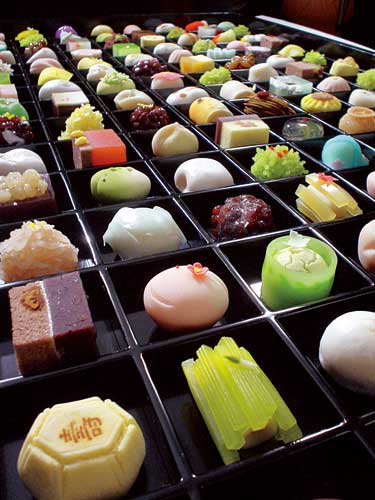
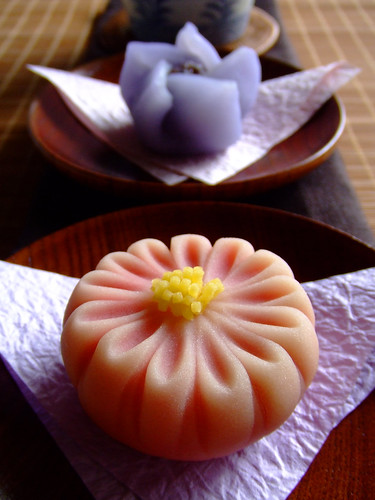


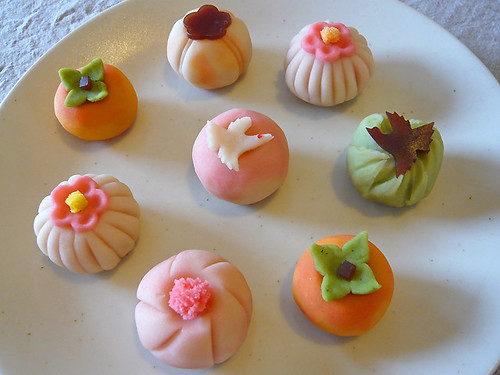
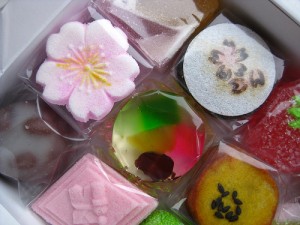

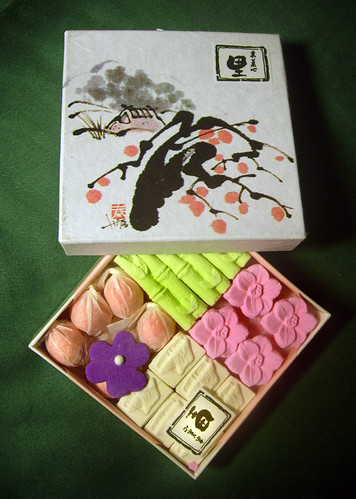
Wagashi Summer:

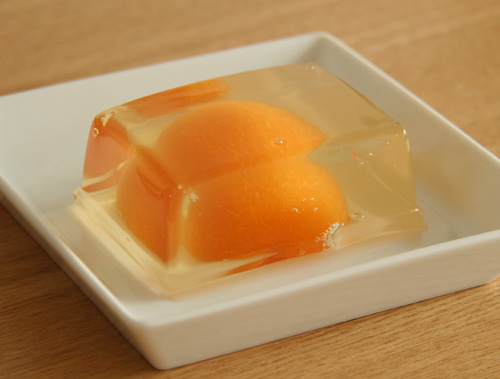







Wagashi Autumn:



Wagashi Winter:
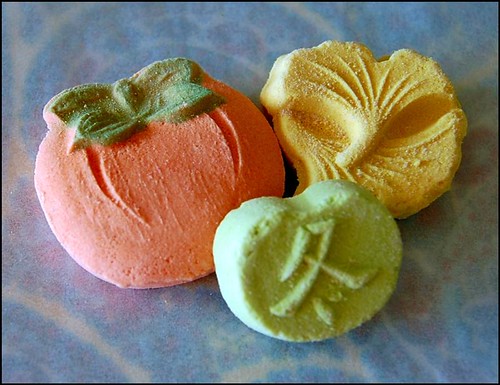

Wagashi Spring:






No comments:
Post a Comment